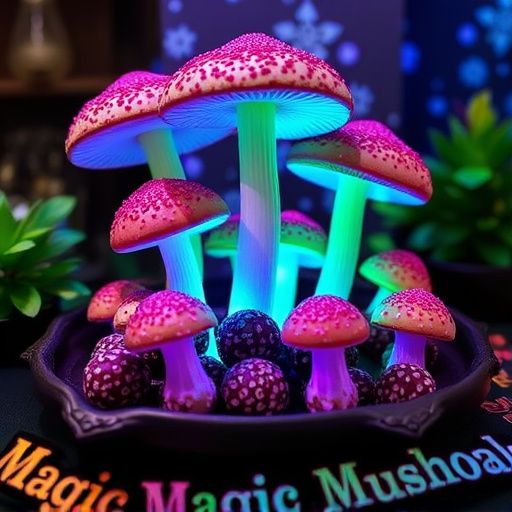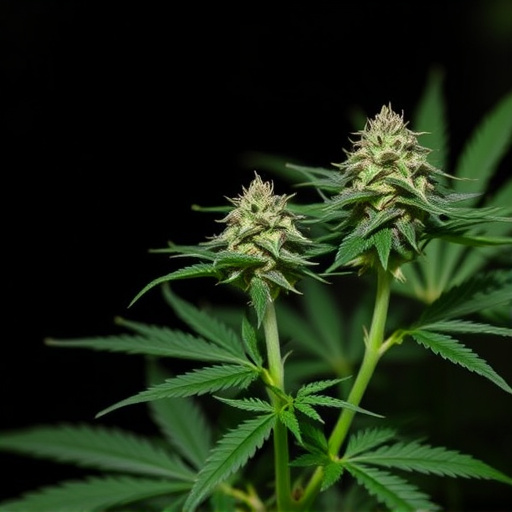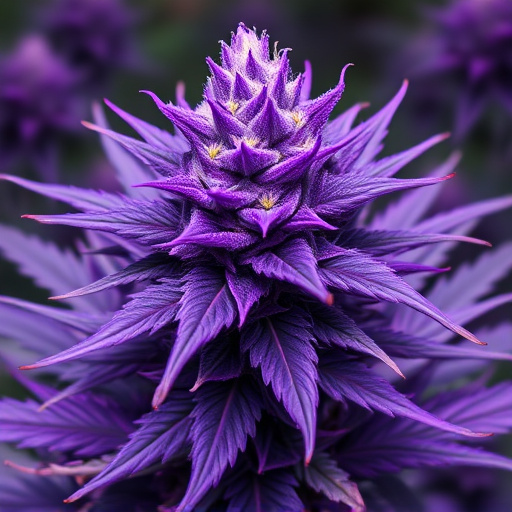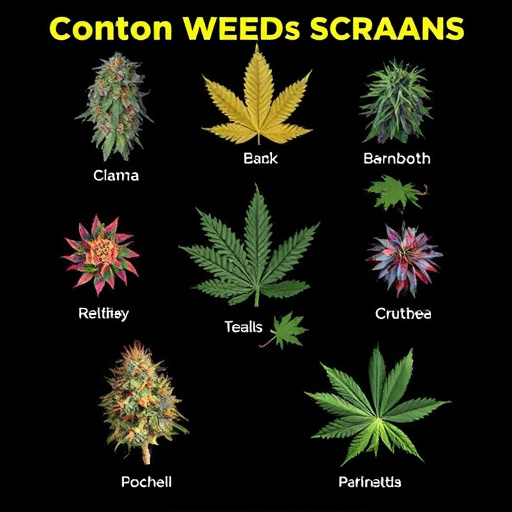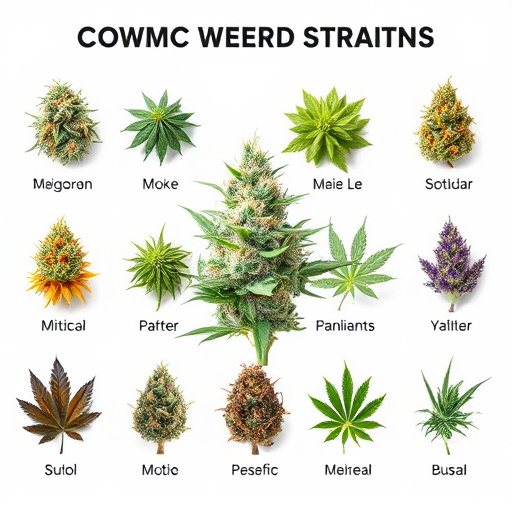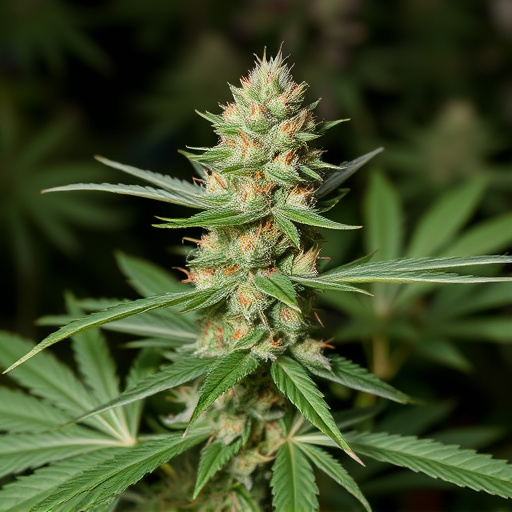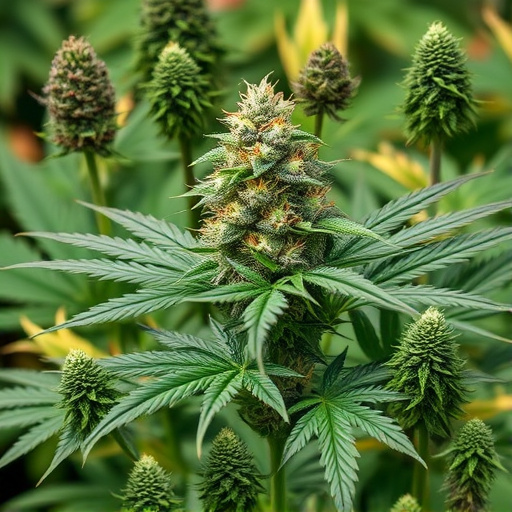Drug testing methods for cannabis, or "weed," have evolved with advancements in analyzing urine, saliva, and hair follicle samples for cannabinoids like THC. While urinalysis detects THC up to 30 days post-consumption, saliva tests are more recent, indicating use within the past few days. The legalization of cannabis has led to higher THC concentrations in common weed strains. Understanding the unique cannabinoid profiles of different strains is crucial as these components can significantly impact test results, from false positives due to high THC content or the presence of both THC and CBD in hybrid strains like White Widow and Pineapple Express.
Weed, or cannabis, has been a subject of interest due to its varying legal statuses globally. One aspect that often raises concern is its presence in drug tests. Understanding how weed shows up in these tests is crucial for both users and employers. This article delves into the science behind drug testing and detection methods, explores the composition of cannabis and its metabolites, and examines the impact of common weed strains on test results. By understanding these factors, individuals can make informed decisions regarding their use.
- Understanding Drug Tests and Their Detection Methods
- The Composition of Cannabis and Its Metabolites
- Common Weed Strains and Their Impact on Test Results
Understanding Drug Tests and Their Detection Methods
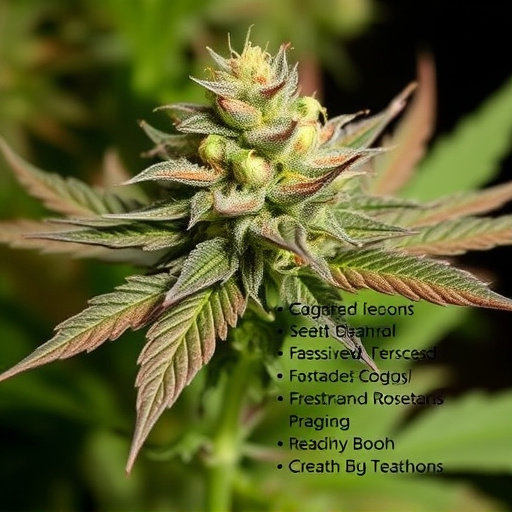
Drug tests have become increasingly sophisticated in their detection methods, aiming to identify a wide range of substances, including cannabis. Understanding how these tests work is crucial when considering the potential implications for users of common weed strains. The most common types of drug tests include urine, saliva, and hair follicle analyses. Each method has its own sensitivity and specificities; for example, urinalysis can detect cannabinoids like THC (the primary psychoactive compound in cannabis) for up to 30 days after consumption, while saliva tests offer a more recent history, typically picking up on THC use within the past few days.
These tests rely on advanced techniques such as gas chromatography-mass spectrometry (GC-MS), which can identify minute traces of cannabinoids. With the growing legalization and acceptance of cannabis for medical and recreational use, many common weed strains now contain higher concentrations of THC and other compounds. This increased potency means that users may need to be more mindful of potential drug test scenarios, as even trace amounts can show up in tests.
The Composition of Cannabis and Its Metabolites

Cannabis, commonly known as “weed,” is a complex plant with a unique chemical composition that can impact drug testing results. The primary active compounds in cannabis are cannabinoids, with tetrahydrocannabinol (THC) being the most well-known and frequently tested for. THC is responsible for many of cannabis’ psychological effects and is often the compound detected in drug tests. However, the plant also contains other cannabinoids like cannabidiol (CBD), which doesn’t produce psychoactive effects but can still show up on certain tests.
The composition of cannabis extends beyond cannabinoids. Common weed strains often have varying levels of terpenes, aromatic compounds that contribute to the distinct smells and flavors associated with different strains. Terpenes themselves don’t alter THC’s detectability but can influence how the body metabolizes it. Additionally, cannabis plants produce a variety of other chemical compounds, such as flavonoids, which may have therapeutic properties but aren’t typically targeted in standard drug tests. Understanding these components is crucial when considering the potential for false positives or negatives in drug screening procedures, especially with the diverse range of common weed strains available.
Common Weed Strains and Their Impact on Test Results
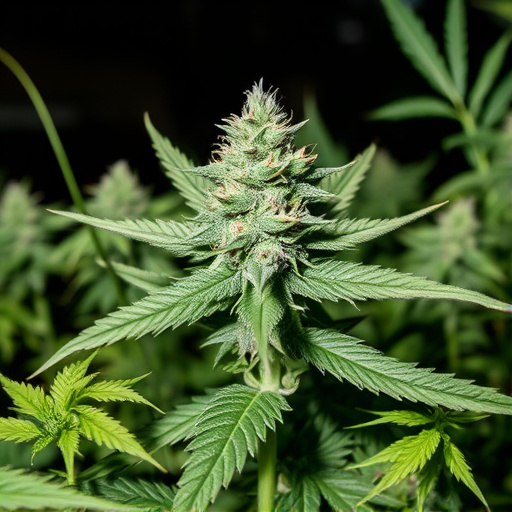
Different strains of cannabis, or weed, have varying levels and types of cannabinoids, which can significantly impact drug test results. For instance, high THC (tetrahydrocannabinol) strains, often sought for their potent effects, could lead to more detectable results on drug tests, as THC is one of the primary compounds tested for. Popular varieties like Blue Dream, with its potent THC content, or Granddaddy Purple, renowned for its sedative properties, can easily trigger positive test outcomes.
Additionally, hybrid strains that blend Sativa and Indica types may have unpredictable cannabinoid profiles, making their effects on drug tests variable. Some common hybrids like White Widow or Pineapple Express contain high levels of both THC and CBD (cannabidiol), which could lead to false positives depending on the sensitivity of the testing method. Understanding the specific strain and its cannabinoid composition is crucial when considering potential outcomes in drug screenings.
Weed, or cannabis, can appear in drug tests due to its unique composition and the presence of its metabolites. Understanding how it shows up, especially in relation to common weed strains, is crucial for navigating these testing scenarios. By knowing the characteristics of various strains and their potential impact on test results, individuals can better prepare and interpret their drug test outcomes. This knowledge empowers folks to make informed decisions regarding their health and legal implications.



